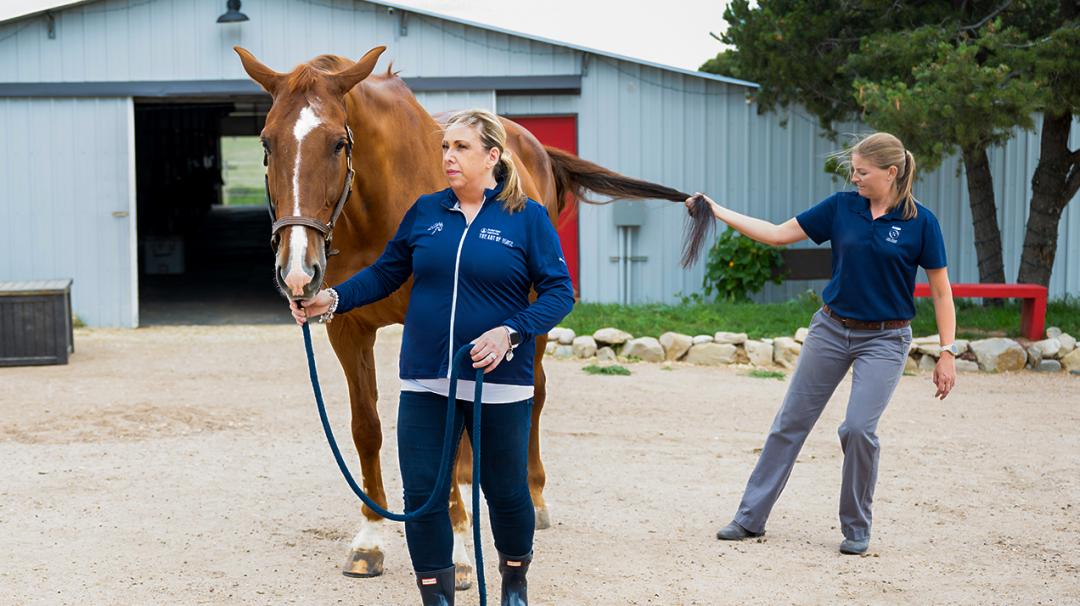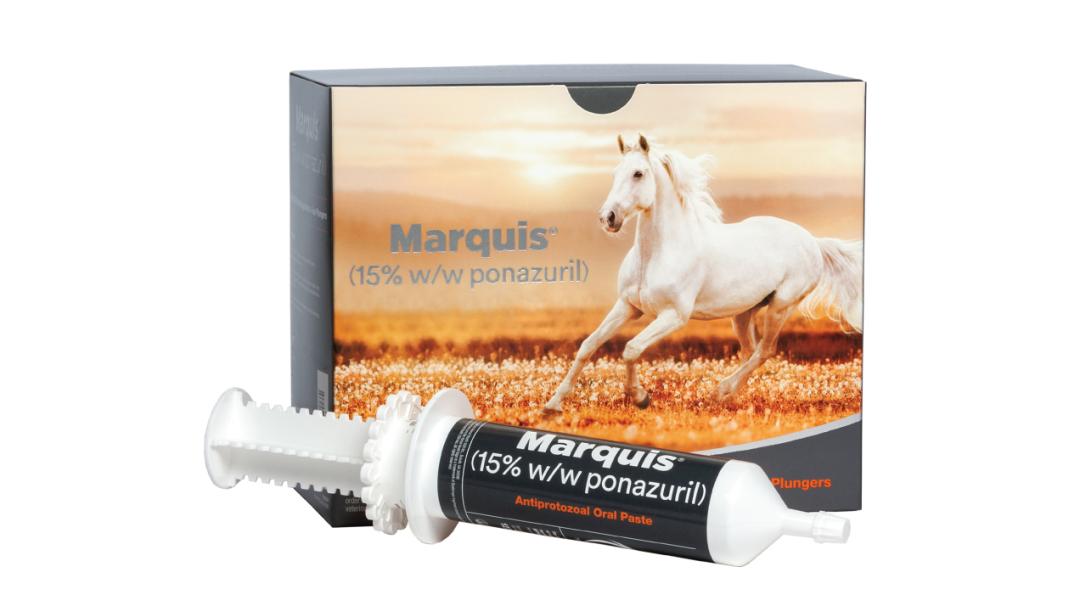Mitigate your horse’s risk of neurological disease, and know the clinical signs that necessitate a call to your veterinarian for diagnosis and treatment.


The Basics of Neurological Health
The horse’s nervous system consists of the brain, brain stem, spinal cord and peripheral nerves. Each part of the nervous system controls a specific job, such as behavior, reflexes and movement. One of the most common infectious equine central nervous system disorders is equine protozoal myeloencephalitis (EPM). Horses most commonly acquire the organism from ingesting opossum feces, and the disease occurs if the organism invades the horse's brain and spinal cord.
The sooner EPM is diagnosed and appropriately treated, the better the chance of recovery.


To Remember the Signs of EPM, Just Think “STALL”
EPM can be difficult to diagnose, because its signs often mimic other health problems and can range from mild to severe. If you see the following signs, contact your veterinarian right away, because earlier treatment leads to better outcomes.1
Clinical Signs of EPM
- Stumbling or tripping
- Tilted head and/or twisted neck
- Asymmetrical muscle loss
- Atypical Lameness or gait abnormality
- Leaning against walls
If you see these signs, don’t STALL. Call your veterinarian immediately.
Some horses with EPM may present additional clinical signs, such as major changes in behavior, changes in vision, difficulty chewing and swallowing, and seizures.


EPM: Don’t Wait
EPM is a progressive disease, meaning a delay in treatment could potentially cause additional permanent damage to the nervous system. The sooner you consult your veterinarian to obtain an accurate diagnosis, the sooner treatment can begin. Treatment for EPM will likely include pharmaceutical treatment to kill the protozoa, good nursing care, and supportive therapies to reduce clinical signs and aid healing of affected nervous tissue.


Reduce Exposure Risk
More than 70% of all horses in the United States may have been exposed to the EPM-causing parasite at some point in their lives, but only 1% of exposed horses develop the clinical disease.4 There are several things you can do as a horse owner to reduce your horse’s risk of exposure to the parasite:
- Keep feed rooms and storage containers closed and securely covered
- Minimize the possibility of wild animals accessing horse feeders
- Clean up any dropped grain immediately to discourage scavengers
- Feed heat-treated cereal grains and extruded feeds, as these processes seem to kill the infective parasites
- Keep water tanks clean, and refill water tanks with clean, fresh water frequently
You can also reduce your horse’s risk of developing disease, if it is exposed, by doing the following:
- Maximize your horse’s health and fitness through proper nutrition, regular exercise and routine preventive care (vaccinations, deworming)
- Schedule regular health checkups with your veterinarian


Choose the Trusted EPM Treatment
For more than 20 years, MARQUIS® (15% w/w ponazuril) paste has been trusted by horse owners and veterinarians to treat equine protozoal myeloencephalitis (EPM).
IMPORTANT SAFETY INFORMATION: The safe use of MARQUIS in horses used for breeding purposes, during pregnancy or in lactating mares has not been evaluated. In animal safety studies, loose feces, sporadic inappetence, lost weight and moderate edema in the uterine epithelium were observed. For use in animals only. Not for human use. Keep out of reach of children.
Related Articles
References
1 Reed SM, Furr M, Howe DK, et al. Equine protozoal myeloencephalitis: An updated consensus statement with a focus on parasite biology, diagnosis, treatment, and prevention. J Vet Internal Med, 30, 491-502.
MARQUIS® is a registered trademark of Boehringer Ingelheim Animal Health USA Inc. ©2025 Boehringer Ingelheim Animal Health USA Inc., Duluth, GA. All rights reserved. US-EQU-0101-2024



